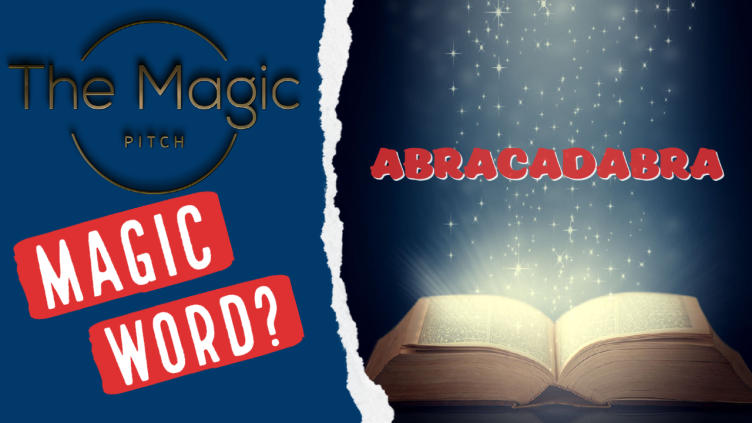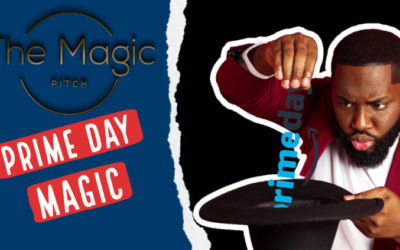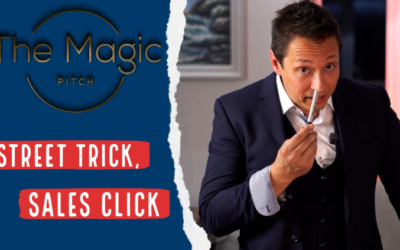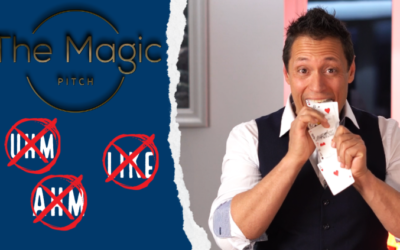In any profession, a keen understanding of one’s audience is paramount, but this fact holds a special place in the worlds of magic and sales. Being a magician with over 20 years of experience, I’ve discovered a universal truth that extends beyond the tricks and illusions I perform on stage – the real magic lies in how well you understand and communicate with your audience.
Performing magic in diverse settings has taught me valuable lessons in connecting with a wide range of audiences. A restaurant show requires a different language and approach compared to a stage show, given the diversity of the audience. But no matter the context, one aspect always remains the same – the importance of appealing to every member of your audience, whether it’s the wide-eyed child or their watchful parents.
When performing a trick for a child, I bear in mind that the parents are my audience too. While I aim to delight the child with a sprinkle of wonder, I also incorporate an adult-oriented joke for the parents. This dual engagement approach appeals to both the immediate audience – the child, and the indirect audience – the parents, who are ultimately the decision-makers when it comes to hiring me again.
Interestingly, I’ve found that this audience engagement approach translates seamlessly to my career in sales, particularly during product demonstrations where multiple stakeholders are involved. Much like in magic, it’s not just about the product I’m selling, but also how I present it to my audience.
The layers of communication that helps me address the needs of all stakeholders:
- Operational Layer: The end-users who interact with the product daily are primarily concerned about functionality and ease of use. They want to know how the product will make their jobs easier. To this end, I focus on demonstrating the practical benefits of the product, showing how it streamlines processes and saves time.
- Management Layer: Managers and supervisors are keen on performance metrics and proven results. They want evidence that the product can enhance their operations. I cater to this group by presenting concrete data and customer testimonials illustrating how our product has improved operations.
- C-Level Layer: The top-level executives are interested in strategic alignment and long-term value. They care about return on investment and how the product fits their strategic goals. To engage this group, I underline the product’s alignment with their strategic vision and emphasise the long-term benefits and value proposition.
Whether I am performing a magic trick or a product demonstration, the principles remain the same. The key to captivating your audience lies in understanding them, addressing their unique needs, and speaking their language. In magic and sales, alike, it’s this precise calibration of language, tone, and content that brings the true magic to life.
In conclusion, being a magician or a salesperson isn’t merely about executing tricks or selling products. It’s about forming a connection with your audience, engaging them on multiple levels, and understanding their unique needs and priorities. So the next time you see a magician perform or attend a product demo, remember – there’s more to the magic than meets the eye.
Amazon Prime Day: Unveiling the Magic Within – A Guide to Shopping Techniques.
Have you ever felt a sense of enchantment during...
The Magic of “Surprise and Delight” in Sales: Lessons from a London Street Prank
Hello everyone, Today, I want to share an...
Say Goodbye to Filler Words with this Magic Trick: A Comprehensive Guide
Have you ever caught yourself in the middle of a...




